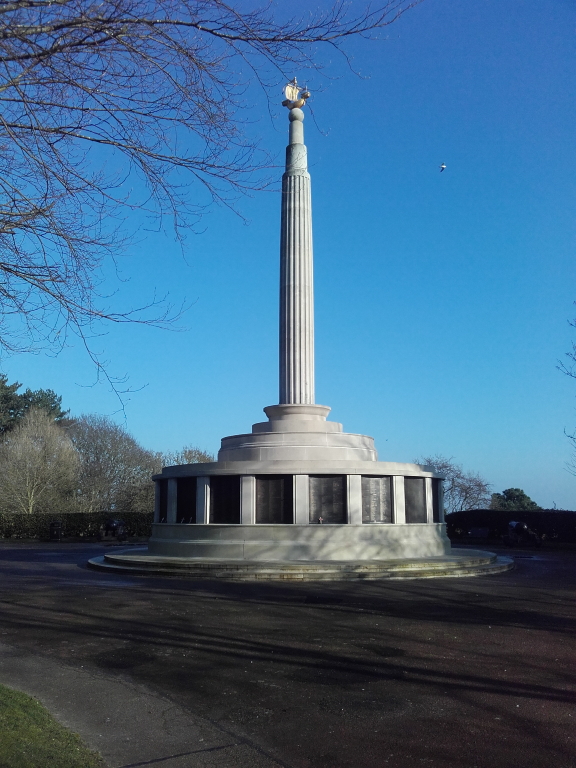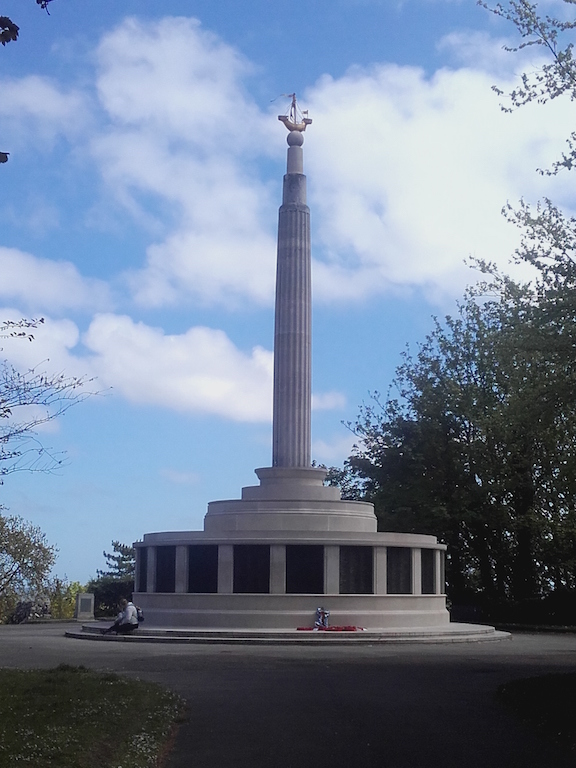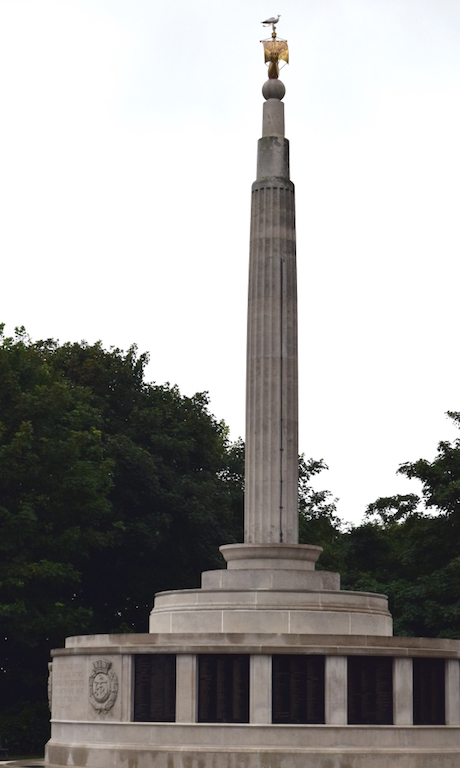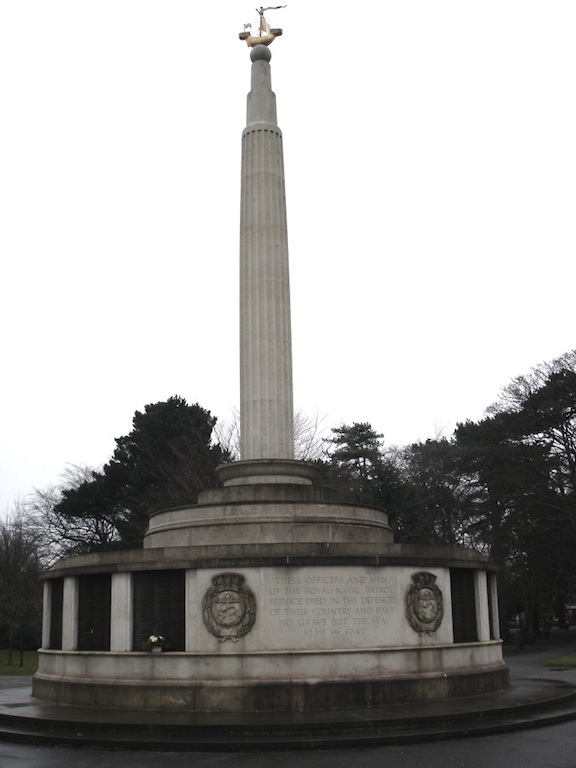Lowestoft Naval Memorial
- Country United Kingdom
- Total identified casualties 2399 Find these casualties
- Region Suffolk
- Identified casualties from Second World War
- GPS Coordinates Latitude: 52.4885, Longitude: 1.75553
Our War Graves, Your History
Discover more about the history of Lowestoft Naval Memorial and plan a visit through our Our War Graves, Your History project.
Find out moreLocation information
The Naval Memorial is located to the north of the town alongside the A12 Yarmouth Road, approximately one mile north of the harbour. Lowestoft Naval Memorial is in Bellevue Park on the north side of Lowestoft, off the A12 Great Yarmouth Road. The memorial is in a prominent position within a local authority gardens, known as Bellevue Park. The park is on the top of the cliffs and the memorial itself is on the edge of the cliff so providing an unobscured view of the foreshore and sea.
Visiting information
PARKING
There is no parking in Bellevue Park but there is a public car park (Whaplow Road). A path from the car park leads to the memorial via a footbridge across a main road.
ACCESS, LAYOUT AND MAIN ENTRANCE
The memorial consists of a fluted column, rising from a circular base that is twelve meters in diameter.
The uppermost point of the column is fifteen meters from ground level, topped with a bronze ship (Lymphad).
Around the circular base of the memorial are bronze panels, bearing the names of the casualties.
All surfaces surrounding the memorial are firm, level, and concrete or tarmac, there is access up to the memorial at ground level.
ALTERNATIVE ACCESS
All the path and access routes leading to the memorial are flat and level and either tarmac or concrete. The paths are wide and smooth. There are no steps.
ADDITIONAL INFORMATION
A copy of the Memorial Register can be found at The Royal Naval Patrol Service Museum which is a short distance from the memorial. A second copy of the Memorial Register is at Lowestoft Town Hall reception and is available to view during office hours: 0900 hrs to 1630 hrs Mondays to Fridays (Closed on Bank Holidays).
Lowestoft Naval Memorial is permanently open.
History information
Lowestoft was chosen as the site for the Memorial to those men of the Royal Naval Patrol Service who have no other grave than the sea. This was because it was the Depot for the Royal Naval Patrol Service during Second World War, developed from the pre-war Royal Naval Reserve Trawler Section Depot. At the outset of the war the men of this service were mainly the fishermen of the requisitioned trawlers and drifters used on patrol work, but later it included men from all walks of life and various types of small craft. In the spring of 1944 the Royal Naval Patrol Service reached its maximum strength of some 57,000.
Between 1942 and 1946 new construction ships and craft manned by the Service totalled 1,637, among them minesweepers of various kinds, corvettes, fuel carriers, motor launches and naval seaplane tenders. Their objective was to maintain wartime patrols and safeguard the coasts of Britain.
The memorial was designed by Mr. F. Hamer Crossley (FRIBA), who won a competition to provide the design. The winning design was chosen by Sir Edward Maufe. The memorial was unveiled by the First Sea Lord (Admiral of the Fleet) Sir Rhoderick McGrigor on 7 October 1953.





